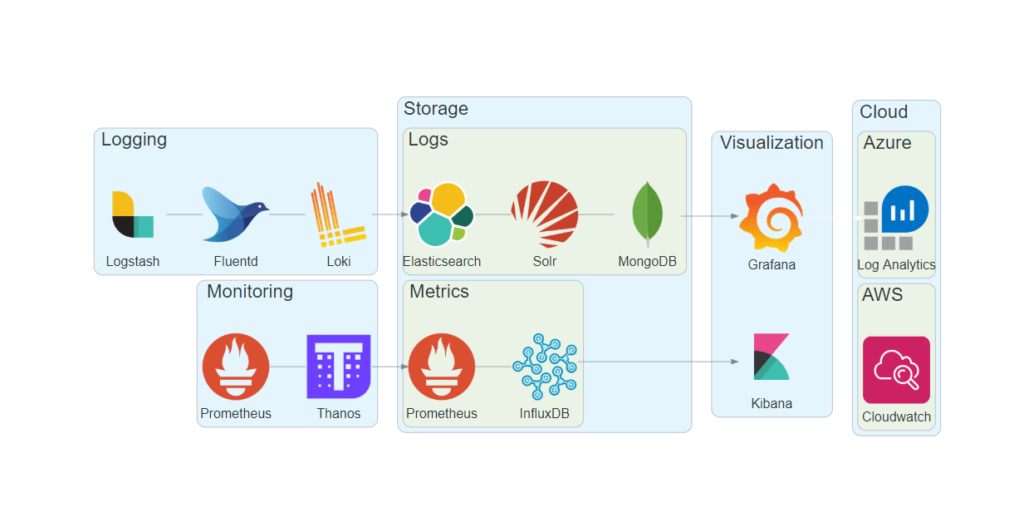Chris Webb explains why you should try to stick to the fact-dimensional model in Power BI:
In this fact table the dimension keys remain the same, but the Value column stores all the data from the Sales, Tax and Volume Sold measures in the original table and the Measure Name column tells you what type of measure value is stored on any given row. Let’s call this approach the Measures Dimension approach.
There are some advantages to building fact tables using the Measures Dimension approach, for example:
– You can now use a slicer in a report to select the measures that appear in a visual
– You can now easily add new measures without having to add new columns in your fact table
– You can use row-level security to control which measures a user has access toGenerally speaking, though, any time you deviate from a conventional dimensional model you risk running into problems later on and this is no exception. Let’s go through the disadvantages of modelling data using a Measures Dimension.
Read on for several good reasons (and yes, “things are formatted wrong” is a good reason!).
Comments closed